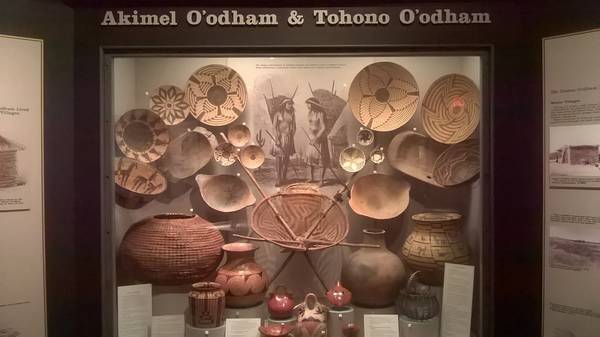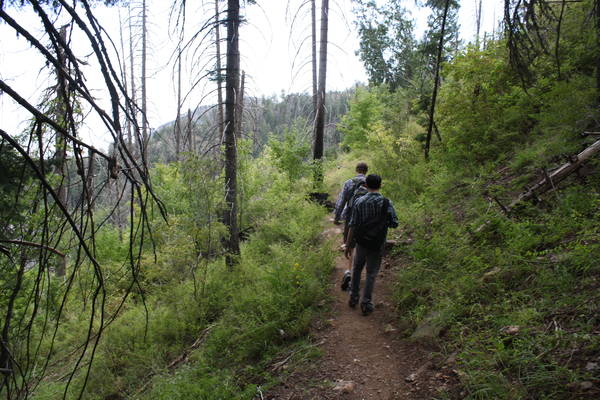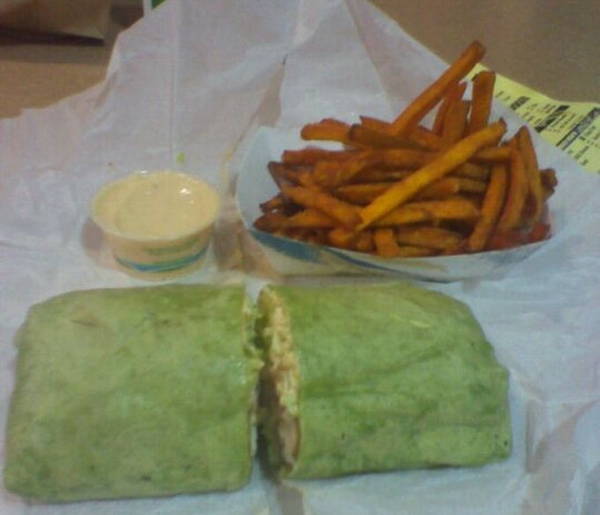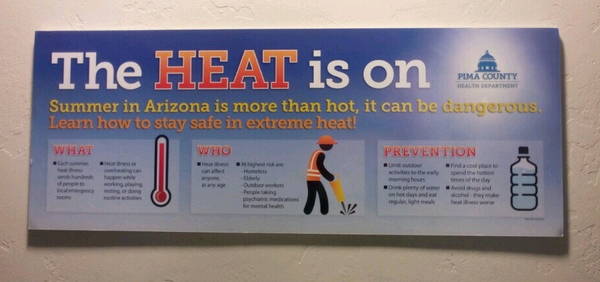My Epic Cross-Country Move on Amtrak
I recently moved across the United States from Tucson, Arizona to Gaithersburg, Maryland, 1940 miles apart. Tucson is in the southwest; Gaithersburg is on the east coast just north of Washington, DC. The move was a long and complicated process, as well as an epic journey.
Choosing the Train
Most Americans would drive across the country. When my uncle graduated from University of Maryland, he spent two weeks driving from Maryland to California, and visited Yellowstone National Park and many other places during his trip. Driving across the country would allow me to have a good look at the country, and seek geocaches in many states. All my clothes, computers, and other toys can be packed in the car.
While this option was attractive, I decided against it because of its high cost. Unlike my uncle, I did not purchase a vehicle during college, but relied on rental cars. Renting a car is inexpensive, but only if you return the vehicle to the same place. If I rent a car in Arizona and return it in Maryland, they are going to charge a "one way fee" that is approximately $1000, on top of the normal rental and insurance charges. Additionally, I have to spend on motels and meals. In total, the driving option would cost me between $2000 and $3000.
Google Maps estimated a driving distance of 2290 miles, or 33 hours non-stop. I am not accustomed to long drives. I felt exhausting on the 3-hour drive from Tucson to Yuma, and I couldn't imagine a 11x longer drive. This is another important factor for me to decide not to drive.



